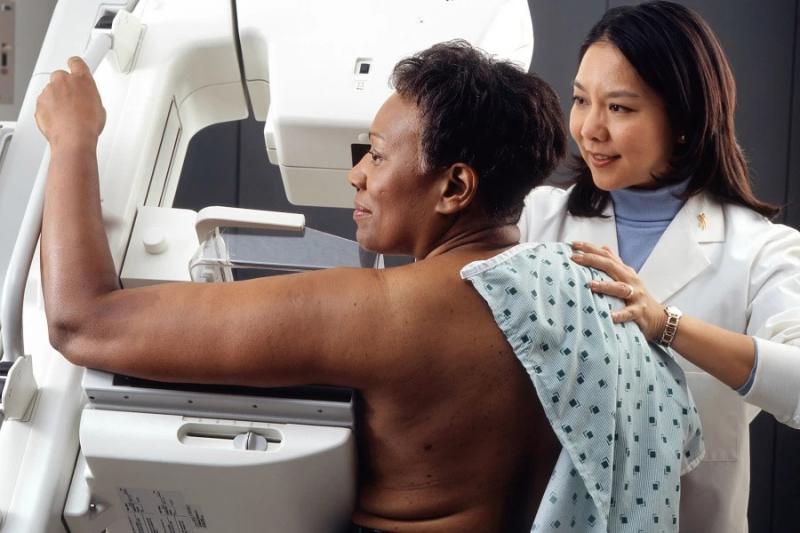×
The Standard e-Paper
Join Thousands Daily

When Ann* walked into a health centre’s diagnostics building, it was with a silent prayer and a tight chest.
Two weeks prior she had made time during her lunch break to see a doctor about the excessive bleeding and peculiar pelvic pain she was experiencing. The doctor sent her away with an order to do some particular diagnostic tests.